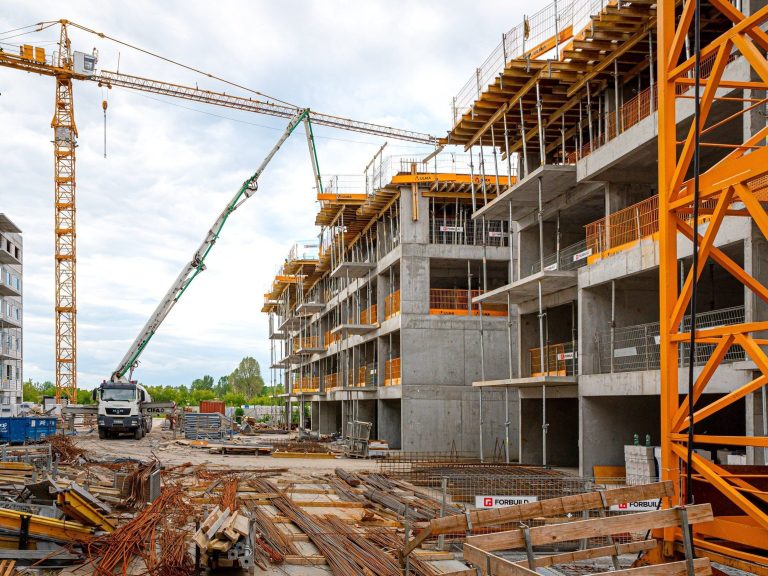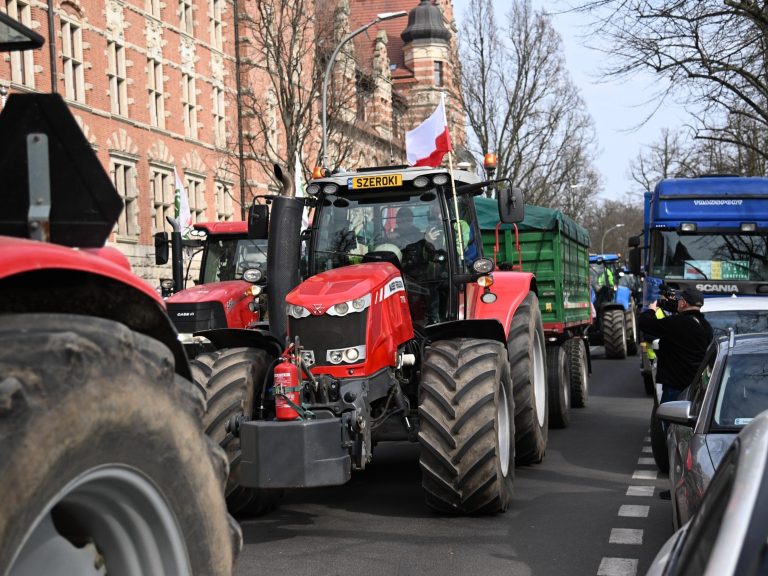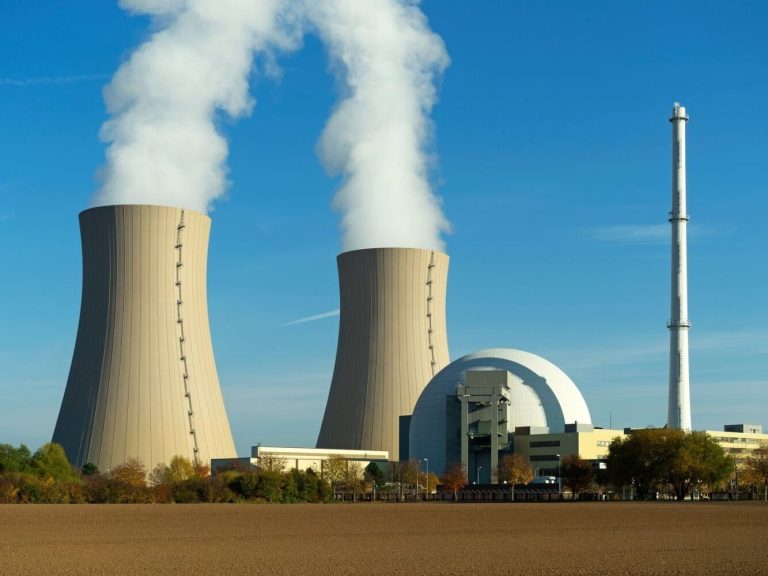Why is there less and less snow in Poland? The phenomenon is being investigated by a Polish climatologist

As a result of climate change, less snow falls in Poland in winter and more and more rain – according to research by climatologist Dr. Hab. Ewa Łupikaszy from the University of Silesia, which are based on the analysis of data from about 50 synoptic stations in the country, collected daily for over 50 years.
“There are significant changes in the form of precipitation, e.g. in winter, snowfall occurs less frequently, but rain occurs more often. In turn, in spring, both the amount of solid precipitation (snow) and mixed precipitation (rain and snow) decreases. These are statistically significant changes, i.e. very clear, which confirm that the increase in temperature strongly influences the form of precipitation. – says Dr. Hab. Ewa Łupikasza, prof. University of Silesia, which specializes in the study of atmospheric precipitation.
The findings she presents are the first conclusions from the project titled: “The response of snowfall and rainfall to contemporary climate change and atmospheric circulation in Europe”, co-financed by the National Science Center. The project has been going on for a year. So far, preliminary analyzes have been carried out, for Poland.
“Our research is based on data collected by synoptic stations throughout the country. These are very detailed data – since 1966, at each of these stations, meteorological measurements have been made several times a day (usually every 3 hours) and the occurrence of the so-called meteorological phenomena, including precipitation – i.e. it is recorded whether precipitation occurred and in what form, e.g. rain, snow, croup, etc. This information is encoded in the form of synoptic messages, so our first task was to decode these records and then analyze them” – the climatologist explained to PAP.
The researcher reminds that precipitation is a key element in the Earth system that determines the course of many environmental processes and determines human life. She pointed out that in some regions snowfall, or rather the resulting snow cover, is the primary source of drinking water; and on a global scale, snow and ice constitute an important part of drinking water resources.
The occurrence of particular forms of precipitation – rain, snow or sleet – is influenced by air temperature. “The impact of contemporary climate warming on changes in the occurrence of rain and snowfall has not been analyzed in Europe on a continental scale based on observations of meteorological phenomena (although few studies have attempted to estimate the occurrence of snowfall based on air temperature). Defining these relationships is important. Changes in the frequency and sums of snowfall determine, among others, on the development of snow cover, which affects the radiation balance (albedo change) and determines, among others, about how much energy remains in the Earth system. Snow cover that stays for a shorter period of time and covers smaller areas contributes to an additional increase in air temperature. Moreover, snowfall indirectly determines the possibility of snowmelt floods. – said the expert.
So far, researchers have collected and analyzed preliminary data for Poland. “We are, of course, going to expand our research because our goal is to develop data for Central Europe. So far, we have managed to collect data for Germany and the Czech Republic, and we will probably also collect data from Norway and Austria, but not all of them are of good enough quality to allow us to include them in our research. A certain problem throughout Europe is also the short time range of available synoptic data, covering the last 20 years – starting from 2000, and much longer data series are necessary in climate change research. – Łupikasza explained.
In addition to identifying the relationship between temperature and the occurrence of atmospheric precipitation, scientists also study their relationship with atmospheric circulation. As Łupikasza reminded, this concept means all kinds of movements in the atmosphere, including wind, the direction of which depends on the distribution of barometric systems (high and low).
“The location of high-pressure and low-pressure centers determines air advection, i.e. the direction of its flow over a given area, which also affects the form of precipitation. The temperature itself also depends on the circulation of the atmosphere. Our first results showed that the direction of airflow over Poland also significantly affects whether precipitation takes the form of rain or snow. Detailed identification of these relationships will be the next subject of our research. – she pointed to Łupikasza.
Project titled “The response of snowfall and rainfall to contemporary climate change and atmospheric circulation in Europe” is scheduled to end in fall 2020. “As part of the project, we also intend to investigate the importance of the air temperature distribution in the vertical profile between the cloud and the ground surface for the form in which precipitation occurs. The results of these studies will help assess the conditions causing rainfall, when the air temperature in the near-surface layer (i.e. at a height of 2 m above the ground) drops below 0 degrees Celsius, and snow, when the temperature is positive. – concluded the climatologist.






